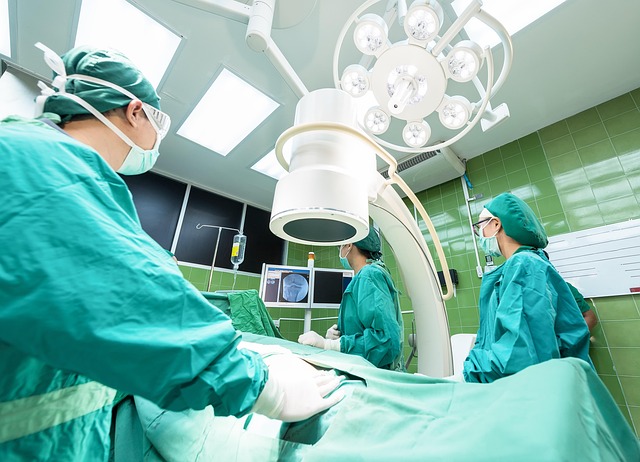The intersection of technology and healthcare has always been a fascinating arena, especially with the advent of robotic systems. Among the many innovations reshaping the clinical landscape, the robot operating table stands out as a herald of the future. These advanced surgical platforms represent not just an upgrade in surgical equipment, but a paradigm shift in how surgeries are conceived, executed, and what they mean for patient recovery and outcomes.
At the core of this technological innovation is precision. Robot operating tables provide surgeons with enhanced control and flexibility, allowing for a level of maneuverability that traditional tables cannot match. Imagine a surgeon being able to adjust the position of the patient seamlessly during a procedure with just a touch of a button, minimizing disruptions to the workflow. This capability not only boosts the surgeon’s efficiency but also optimizes the surgical field, ensuring better visibility and access to critical areas.
Health innovations are equally compelling when contemplating the implications of such technology. With better positioning and fewer physical constraints, robot operating tables can lead to reduced patient recovery times and lower risk of complications. For instance, in minimally invasive surgeries, where precision is vital, the robotic systems ensure that incisions are smaller, leading to less pain, scarring, and faster healing. Patients benefit from lower hospitalization rates and quicker returns to their daily lives, a critical aspect in today’s fast-paced world.
Moreover, as healthcare becomes increasingly personalized, the adaptability of robot operating tables can accommodate diverse body types and surgical requirements, ensuring that every patient receives tailored care. This level of customization underscores a move towards patient-centered approaches in medicine, emphasizing the importance of individual needs and experiences.
The integration of artificial intelligence in robot operating tables represents the next frontier in both technological and health innovations. With machine learning algorithms analyzing surgical data in real-time, these systems can support decision-making processes, helping surgeons anticipate challenges and optimize their strategies mid-operation. Such advancements not only aid in procedure accuracy but also enhance the educational opportunities for surgical trainees, who can interact with simulation technologies powered by these robotic innovations.
As we look to the future, the implications of robot operating tables transcend the walls of operating rooms. They symbolize a collaborative spirit in healthcare, where technology and medicine work hand in hand to reshape the very fabric of surgical practice. This harmonious integration—from the surgeon’s skill to the robustness of robotic systems—invites us to reimagine what is possible in the realm of surgery.
In a world where healthcare outcomes increasingly depend on innovation, the robot operating table stands as a beacon of progress. It speaks to a future where technology is not an adversary, but rather a partner, amplifying human capabilities while fostering an ecosystem of safer, more efficient, and more empathetic care. As these innovations continue to evolve, they promise not only to change the future of surgery but to redefine the patient experience at its very core.




